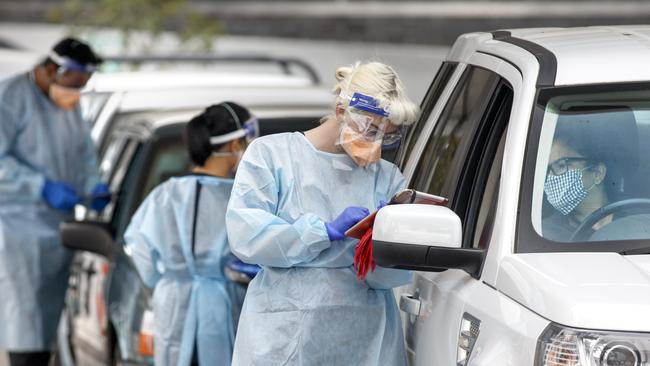Covid is serious and governments had to respond

In this regard, there are several key areas that must be clearly understood about the pandemic and how it has all unfolded.
First is the question of how serious this disease is. The crudest measure of disease severity is how many deaths it causes and on that score COVID comes out far worse than seasonal influenza, with which it is sometimes compared. The best way to understand this is to look at what happened to countries hit by the full force of the pandemic before they had a chance to take preventive actions. For 27 countries of the World Health Organisation’s European region that participate in a real-time mortality reporting project, the number of weekly deaths surged from under 60,000 to more than 90,000 in March and April last year before national lockdowns came into effect.
Influenza causes seasonal fluctuations in deaths and some years have higher peaks than others, but it never comes anywhere near a weekly hit rate of this magnitude. And it was all starting to happen again in the northern autumn until further lockdowns were imposed across Europe.
Comparing annual death rates between last year and earlier years is a highly misleading way to understand the impact of the pandemic because combining counts across the whole of last year dilutes the short-term peaks that were arrested by the drastic actions of governments in Europe, as they were in Australia.
The second question is whether people who died from COVID were somehow so frail and vulnerable that they were about to depart this earth anyway. Undoubtedly, age is the most important risk factor, with people aged 85 having a death rate once they catch COVID that is over 5000 times higher than the risk to a 25-year-old. But the death rates in 60-year-olds within four weeks of getting COVID have been estimated at close to 1 per cent, which is 20 times or more higher than their risk of death from influenza.
I have lost two close colleagues, one in her early 60s and the other just 70, who at the time of catching COVID were vibrant leaders in medical research and have been huge losses to disease control efforts in their countries.
Furthermore, counting deaths alone underestimates the burden of this illness on the health system and society. Many people who survived had to go through life-threatening complications that required medical intervention. Countries with well-resourced hospital systems have estimated that for every death there are two people who have to be supported in intensive care and another five to 10 who have to be hospitalised. Among those who have recovered is the question of long-term complications, including breathing difficulties and fatigue, that are still being analysed.
So could we have responded equally well by focusing prevention efforts only on those who were most vulnerable? This really comes down to how well people at highest risk can be kept away from being exposed. Perhaps the clearest answer comes from our seemingly never-ending efforts to refine our quarantine systems. This virus is so contagious that even the multiple and intensive layers of precautions in place to stop the virus from entering the Australian population are still susceptible to leaks. The numbers of people in the community who would need to be somehow sealed off from infection under this strategy would vastly exceed the numbers managed in hotel quarantine, and would have little chance of real protection.
The real solution will come from the vaccine programs focusing on those most at risk.
Testing, contact tracing and quarantine will continue to be core strategies, no matter how well the vaccines work. Ideally, we will meet the challenge without resort to the more draconian measures needed to halt the pandemic as it went out of control all over the world last year.
John Kaldor is a National Health and Medical Research Council senior principal research fellow and Scientia professor at the Kirby Institute, UNSW.



Last weekend in Inquirer, Steve Waterson wrote a provocative analysis of Australia’s response to COVID-19 in which he castigated our political leaders for what he saw as their extreme policy over-reaction to the pandemic. While there is much to discuss about the specific actions governments have taken and their unintended consequences, the debate should take place in the context of sound epidemiological analysis.